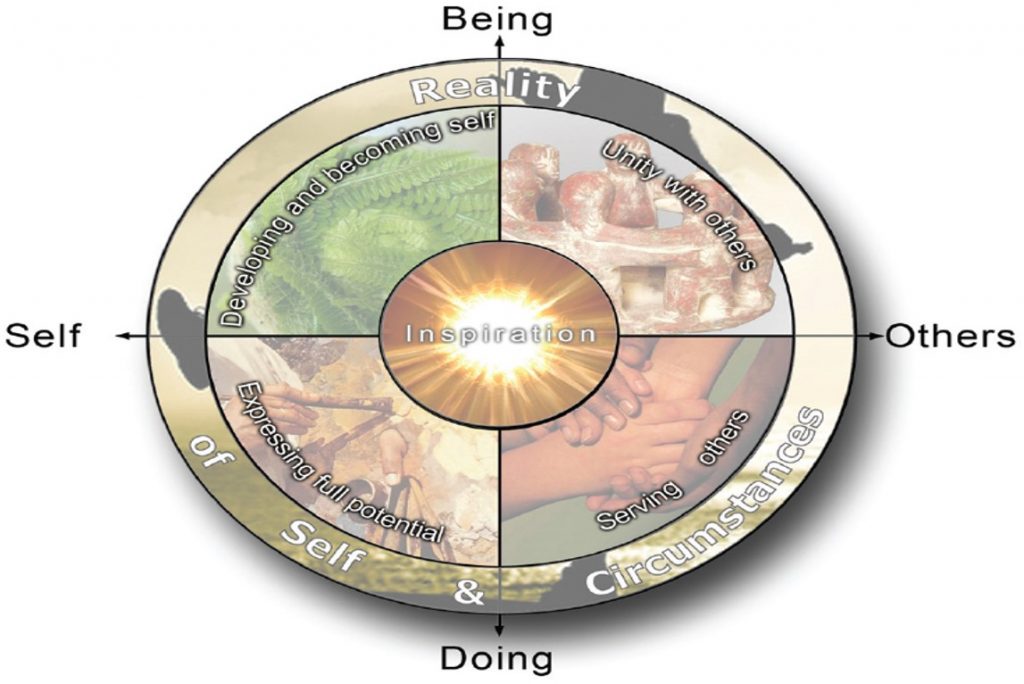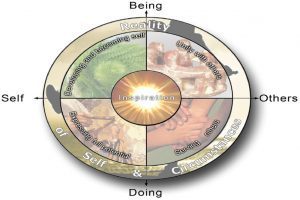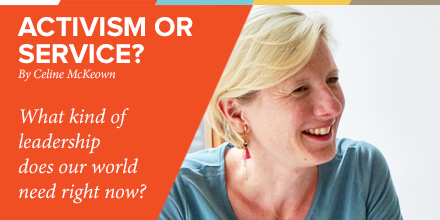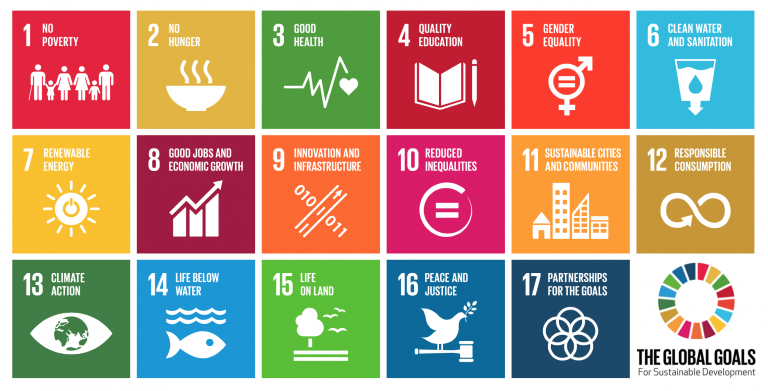What is the Map of Meaning? A simple antidote to organisational change fatigue.
Fact. In an increasingly volatile and uncertain world, organisations need to be adaptable, resilient and have people empowered by change. Yet, 70% of organisational transformation efforts fail, often caused by change fatigue (this is despite best efforts to plan and manage change thoughtfully). For all our theories of change and expertise on organisational change, why is this change fatigue happening? The Map of Meaning could provide us a clue.
“Initiativitus” or change fatigue is real. In my work with organisations and individuals, I’ve seen and felt it: the disengagement, burn-out, increased stress, cynicism and sense of ‘being done to (again)’. It’s even got a Wikipedia definition! It’s a real challenge for us as organisational design and change practitioners.
Why?
Perhaps it’s because we’re not looking in the right place. Perhaps we should turn our focus on meaning. I’m not just talking about having a clear articulation of the meaning of the change e.g. its strategic relevance and outcomes. That helps, but I’m referring to how we can help people experience the change meaningfully. How can I, you, we, all of us, experience meaningfulness as the basis for making change?
Lani Morris and Dr Marjolein Lips-Wiersma co-authors of the Map of Meaning, have drawn together into one diagram the dimensions that make work meaningful.

Lani Morris says “The Map has been empirically researched and tested over the past 16 years with thousands of people in many walks of life, and many parts of the world. Some of the things we’ve found are:
- As human beings we have an innate knowing of what is meaningful
- Meaningful work is holistic concept and as such is much more than making a difference, or finding one’s purpose, alone.
- As we become more aware of how we personally experience meaning, we are more able and likely to take responsibility for our circumstances and actively take steps to generate more meaningful work for ourselves”
By helping someone to become more conscious of the elements that contribute to their experience of meaningful work, the Map of Meaning can equip them to identify what in their current work context is eroding meaning for them and what actions they can take to build more meaning. In effect, it kicks the individual out of victim mode and into engaged contributor.
I asked Lani to share some examples:
“One woman, faced with redundancy, used the Map of Meaning to rethink her job, recreate the organisational demand for her services and in the process enriched her sense of belonging and community with others in her organisation. Because she was shy, it took courage to do all this. She felt a changed woman, and others also saw her in a new light. Two years later, faced with another redundancy, she was sanguine and calm. “With the Map of Meaning I know what I am looking for; how to make the best of where I do get a job; and with an experience of how powerful it is to love my job. I‘ll be fine.” And within a month she got a great job that she loves.”
“A young manager of an IT help desk, overwhelmed with complaints, used the Map of Meaning to see diagnose the situation, and see how imbalanced he was in his job, focused as he was 98% on customer service, but with no sense of support, and at the expense of his own needs. He choose instead to connect with his main clients, and ended by turning them into colleagues with whom he could constructively work, while also improving his own sense of self esteem and his home life.”
“A non-for-profit, working to a four-monthly funding cycle, used the Map of Meaning for their annual strategic planning session. They saw the need to transform their relationship with their funder from enemy to friend; reclaimed their vision as a three year plan (rather than be battered around by the funder’s drivers); re-inspired the staff with the value of their work, and within two months of the strategic session had turned their situation around completely. They are now using the Map of Meaning with their clients, and in other organisational situations.”
How the Map of Meaning can be used
The map can be used as a framework to evaluate existing organisational processes, programmes and interventions for what’s working and not working. As a foundational tool in our it doesn’t compete with other methodologies or tools that are in place, but can help make sense of how they are working together and identify gaps. Equally, when used as a diagnostic tool, the map provides a useful framework to help understand what are the underlying issues of a given problem or situation. We regularly use the Map of Meaning in our leadership development programmes.
If you want to discover more about the many applications of the Map of Meaning as an organisational tool to increase the effectiveness and sense of meaning of existing or new interventions, then please leave a comment below with your question or send me an email.





Leave a Reply